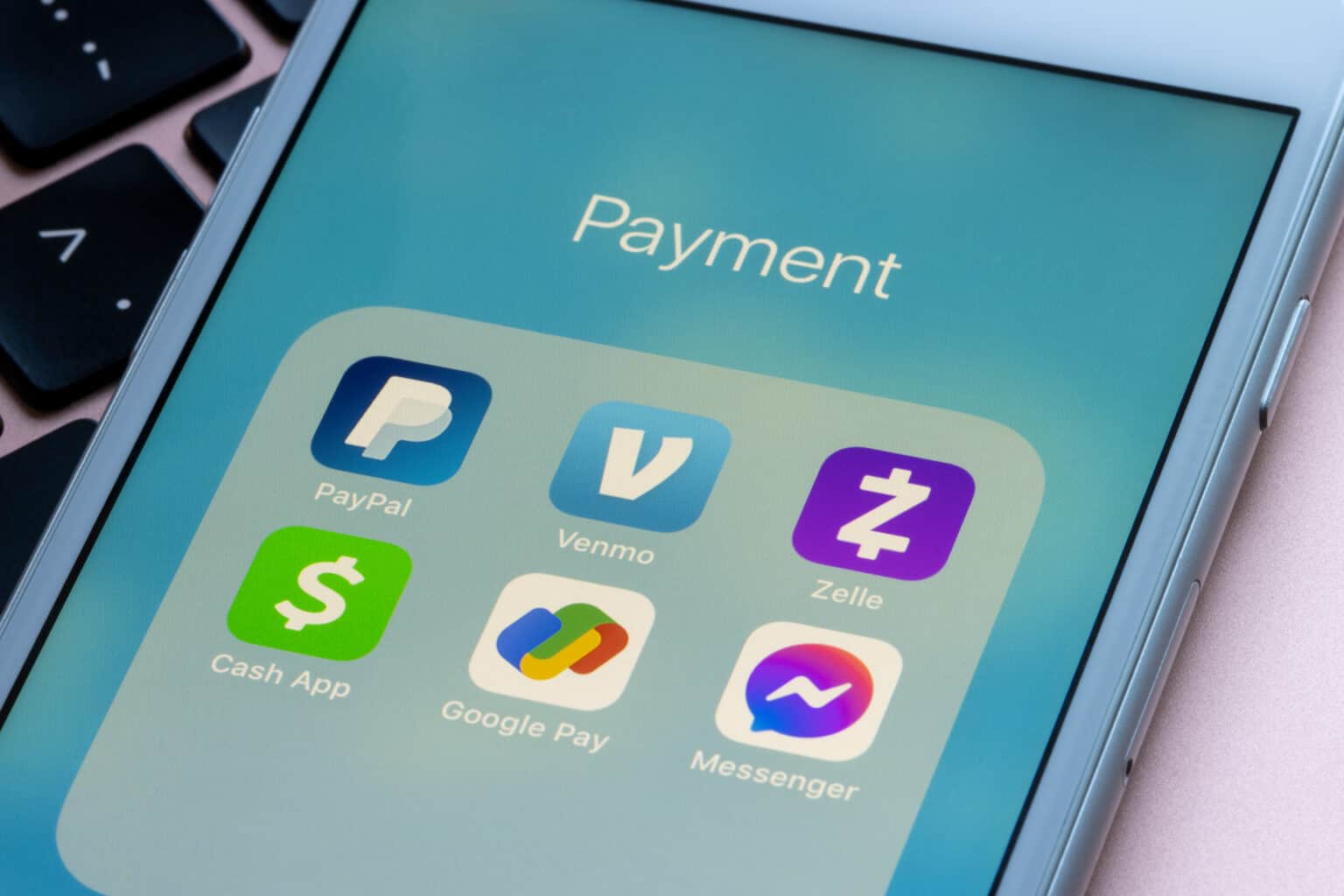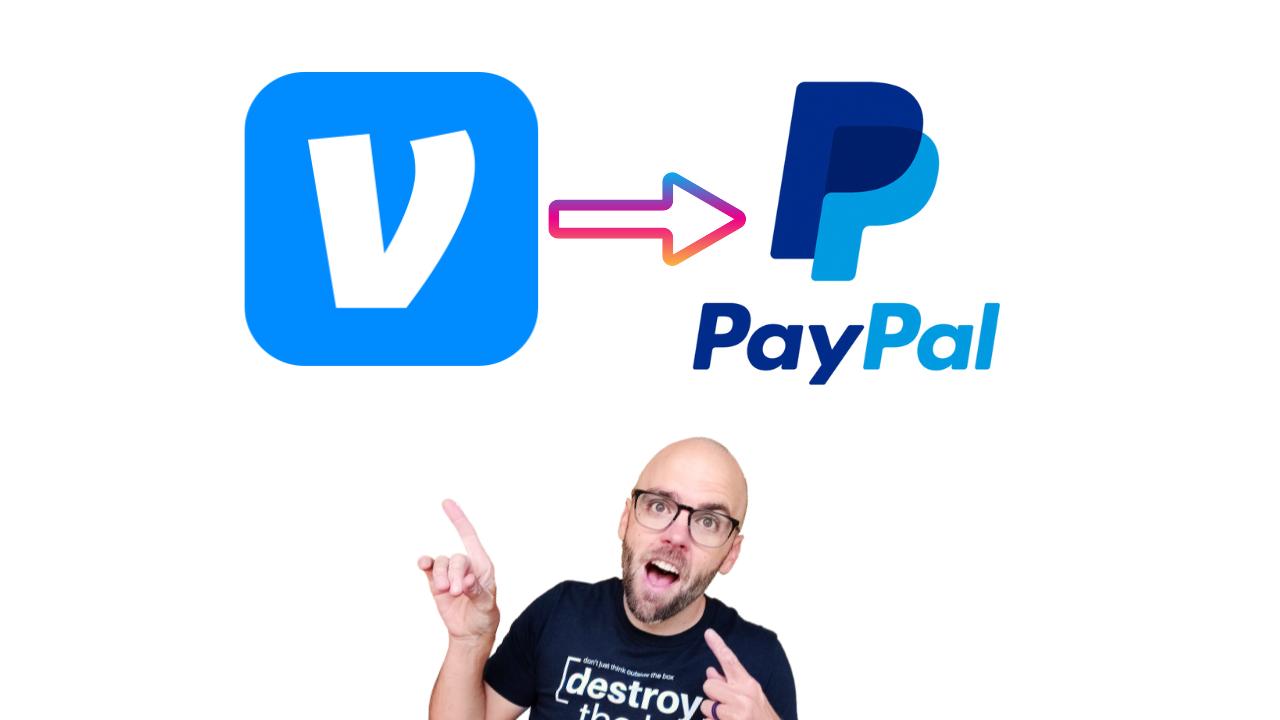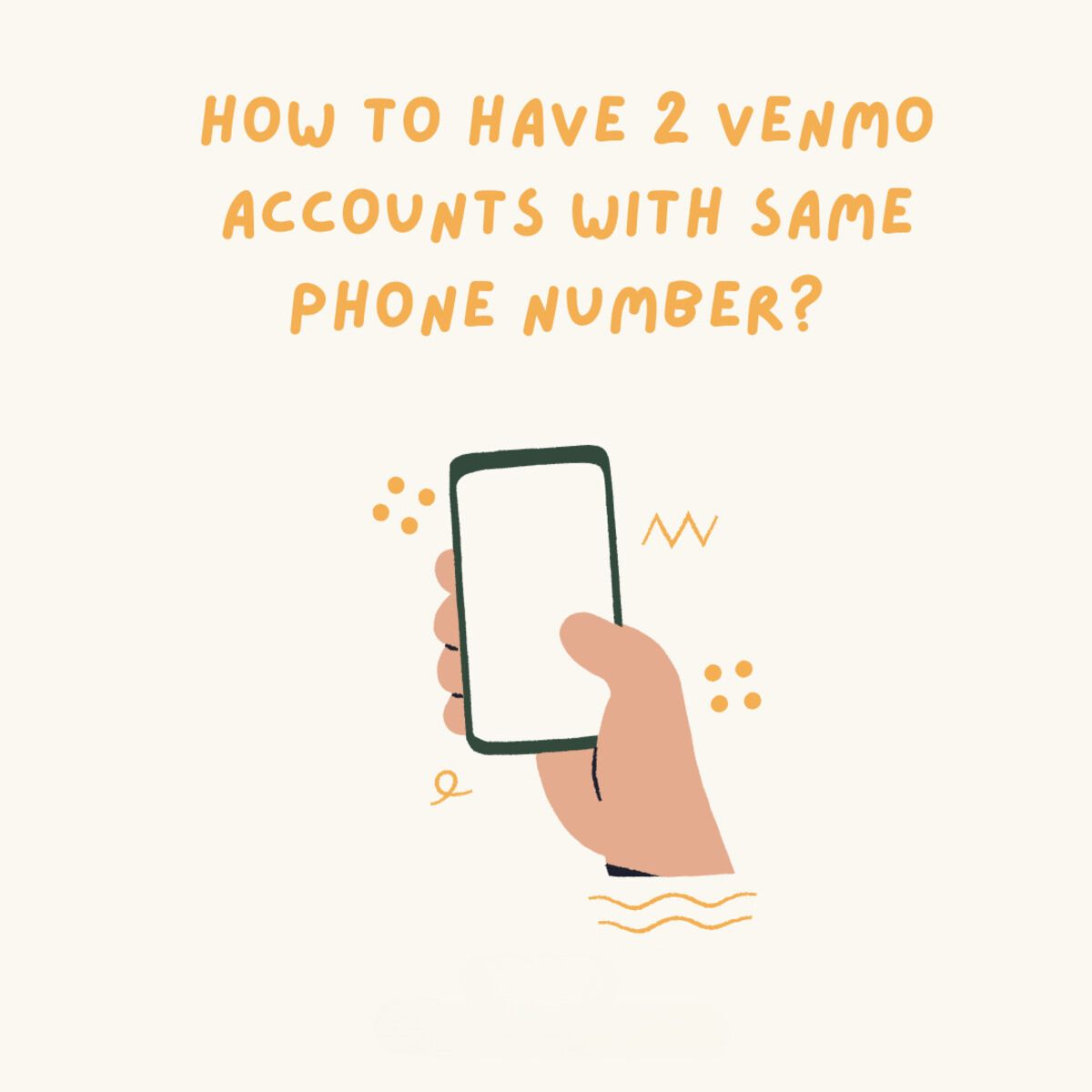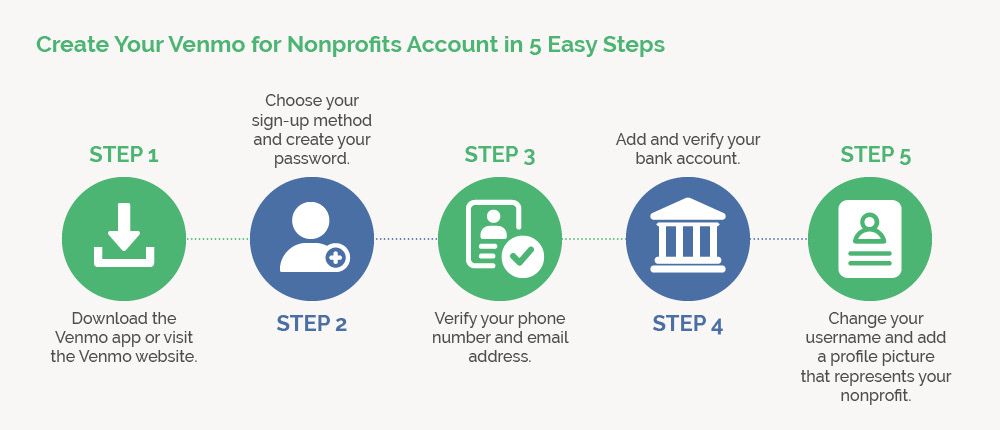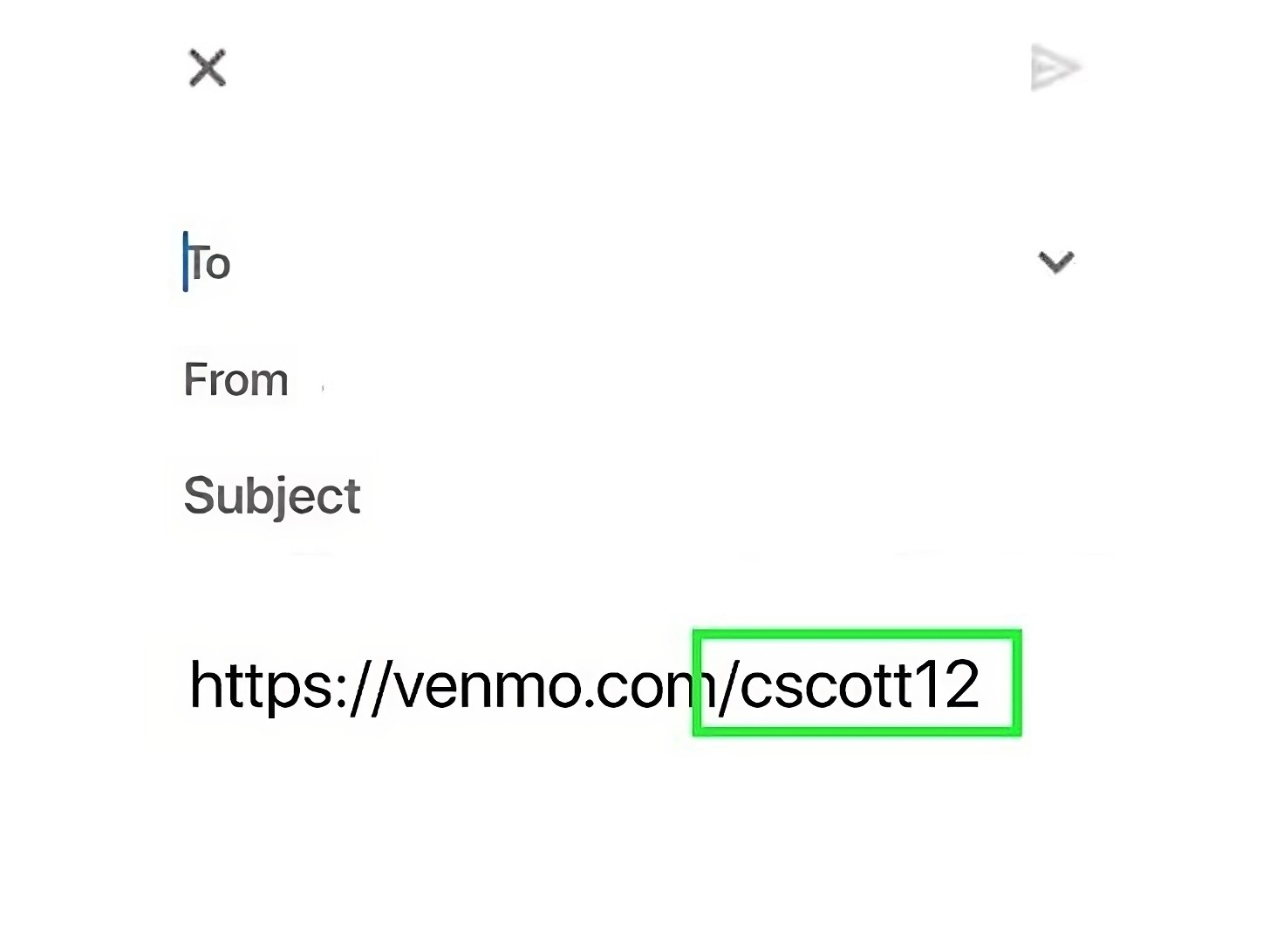Introduction
Venmo has rapidly become one of the most popular peer-to-peer payment applications, making splitting bills, paying friends, and even conducting business transactions a seamless process. Whether you’re splitting the cost of dinner with friends or paying your babysitter, Venmo offers a convenient and easy-to-use platform to transfer money instantaneously.
But have you ever wondered who created Venmo and how it came to be one of the leading digital payment services? In this article, we delve into the early beginnings of Venmo, the founders behind its creation, and its journey to becoming a household name.
Venmo is a mobile payment service that allows users to send and receive money through their smartphones. Launched in 2009, the platform quickly gained popularity among young adults and college students as a convenient way to pay each other back for shared expenses. Today, Venmo has grown into a dominant player in the online payment industry, with millions of users and billions of dollars being transacted every year.
Understanding the origins of Venmo can provide valuable insights into the vision and goals of the creators, as well as the factors that contributed to its success. From a simple idea to a revolutionary payment platform, Venmo has transformed the way people exchange money on a day-to-day basis.
Early Beginnings
Venmo’s story began in 2009 when two friends, Andrew Kortina and Iqram Magdon-Ismail, recognized the need for a simpler and more convenient way to split expenses among friends. Andrew and Iqram’s shared frustration with the hassle of paying each other back led to the creation of what would eventually become Venmo.
The duo initially developed an app called “text2pay,” which allowed users to send simple text messages to reimburse each other. This early version of Venmo served as a foundation for what would evolve into a comprehensive mobile payment platform.
In 2010, Andrew and Iqram entered Venmo into the TechCrunch Disrupt startup competition, showcasing their vision and garnering attention from investors. Their innovative idea impressed the judges and gained praise from the tech community, solidifying Venmo’s potential as a disruptive force in the finance industry.
Recognizing the immense growth potential, venture capitalists started investing in Venmo later that year. With additional funding and support, the app underwent significant improvements, including enhanced security measures and expanded features.
As Venmo gained traction, it attracted the attention of Braintree, a leading payment services provider. Recognizing the potential synergy between the two companies, Braintree acquired Venmo in 2012, allowing the platform to leverage Braintree’s technology and infrastructure.
These early beginnings laid the foundation for Venmo’s success, establishing its reputation as a user-friendly, secure, and convenient platform for peer-to-peer payments. Andrew and Iqram’s initial frustration with splitting expenses and their determination to find a solution set the stage for the creation of a financial tool that would revolutionize the way people exchange money.
The Founders of Venmo
Andrew Kortina and Iqram Magdon-Ismail, the co-founders of Venmo, were motivated by their personal experiences and frustrations with splitting expenses among friends. Their vision for a simpler and more efficient payment solution led to the creation of Venmo.
Andrew Kortina, a computer science graduate from the University of Pennsylvania, had a background in technology and entrepreneurship. He had previously founded other startups and had a strong understanding of the potential for disruptive innovation in the financial technology space.
Iqram Magdon-Ismail, an electrical engineering graduate from the University of Wisconsin-Madison, brought his technical expertise and entrepreneurial spirit to the table. He also had experience with online payment systems and shared Andrew’s vision for improving the process of peer-to-peer transactions.
The friendship between Andrew and Iqram played a crucial role in the creation of Venmo. They understood each other’s strengths and shared a passion for transforming the way people exchanged money. Together, they embarked on a journey to revolutionize the everyday financial interactions of individuals.
Andrew and Iqram’s deep understanding of the pain points associated with splitting expenses, particularly among young adults, fueled their drive to create a user-friendly platform. They wanted to eliminate the awkwardness of asking for money and simplify the process of splitting bills. Their shared vision led to the development of Venmo as a solution to these common challenges.
Despite the challenges they faced in the early stages of building Venmo, Andrew and Iqram remained committed to their vision. They believed in the potential of their idea and worked tirelessly to refine the platform, listening to user feedback and iterating on their product.
Today, Andrew Kortina and Iqram Magdon-Ismail are recognized as visionary entrepreneurs who played pivotal roles in revolutionizing the financial technology industry. Their creation of Venmo reflects not only their technical expertise and entrepreneurial talents, but also their understanding of the evolving needs and behaviors of modern consumers.
The Creation of Venmo
The creation of Venmo took shape as Andrew Kortina and Iqram Magdon-Ismail recognized the need for a better solution for splitting expenses among friends. With their shared frustrations and determination to find a simpler way to exchange money, they set out to create a platform that would transform the peer-to-peer payment landscape.
The initial concept behind Venmo stemmed from their desire to eliminate the hassle of splitting bills, whether it was for dinner, rent, or shared expenses during trips. They wanted to create a platform that would make exchanging money as seamless as possible, eliminating the need for cash or awkward IOUs.
With their backgrounds in technology and engineering, Andrew and Iqram combined their skills to develop the first version of Venmo. They leveraged their knowledge of mobile technology and payment systems to create a user-friendly app that would revolutionize the way people transact with each other.
The early days of Venmo were marked by relentless determination. Andrew and Iqram put in countless hours of work, refining the app and focusing on delivering a seamless user experience. They sought input from friends and early users, incorporating feedback to enhance the app’s usability and security.
One of the key aspects of Venmo’s creation was the integration of social features. Andrew and Iqram recognized the importance of incorporating a social aspect into the app, allowing users to share payment activities and add a personal touch to their transactions. This social element played a significant role in Venmo’s rapid growth and adoption among younger demographics.
As Venmo gained traction and positive feedback, the founders attracted the attention of investors who recognized the potential of their innovative payment solution. Venture capitalists began investing in the company, providing the necessary resources for further development and expansion.
With each iteration, Venmo evolved, incorporating additional features and enhancements to improve user experience and security. Andrew and Iqram’s commitment to innovation and addressing user needs played a vital role in Venmo’s growth and success.
Overall, the creation of Venmo was driven by the founders’ vision of simplifying the process of exchanging money among friends. By leveraging their technical expertise and understanding of user behavior, Andrew Kortina and Iqram Magdon-Ismail laid the groundwork for the future success of Venmo as a leading peer-to-peer payment platform.
The Growth and Expansion of Venmo
Since its inception, Venmo has experienced phenomenal growth, quickly establishing itself as a leading player in the peer-to-peer payment industry. The platform’s user-friendly interface, seamless transaction process, and social integration played a significant role in its rapid adoption and expansion.
As word-of-mouth spread and more users discovered the convenience of Venmo, its user base grew exponentially. The platform’s popularity surged among college students and young adults who embraced the easy-to-use app as a modern solution for splitting bills and reimbursing friends.
Venmo’s growth was also fueled by its integration with social media platforms. By allowing users to share payment activities and add emojis and comments to their transactions, Venmo became more than just a payment app—it became a social experience. Users loved the ability to showcase their transactions and engage with friends, further contributing to Venmo’s viral growth.
Recognizing the potential of Venmo, Paypal acquired the platform in 2013. This acquisition further solidified Venmo’s position in the market and provided the resources and infrastructure to fuel its continued growth and expansion.
With the backing of Paypal, Venmo underwent several updates and improvements, further enhancing its functionality. New features were introduced, such as the ability to make payments at select merchants, integrating the convenience of Venmo into everyday transactions beyond peer-to-peer exchanges.
Venmo’s expansion extended beyond the United States, with the platform gradually introducing its services to international markets. This expansion allowed Venmo to reach a wider user base and tap into new markets, cementing its position as a global leader in mobile payment solutions.
Over time, Venmo has continued to innovate and evolve, introducing features such as Venmo Cash Card, which enables users to make payments using a physical card linked to their Venmo account. The platform has also focused on enhancing security measures and providing additional options for users to control the privacy of their transactions.
Today, Venmo remains a dominant force in the peer-to-peer payment ecosystem. With millions of active users and billions of dollars transacted annually, Venmo has become a household name and a go-to platform for seamless and instant money transfers.
The growth and expansion of Venmo can be attributed to its commitment to providing a user-friendly experience, innovating new features, and leveraging social integration. With a robust foundation and the backing of Paypal, Venmo is poised to continue its expansion and shape the future of digital payments.
Venmo Features and Functionality
At its core, Venmo is a peer-to-peer payment platform that allows users to send and receive money seamlessly. However, the platform offers a range of features and functionality that enhance the overall user experience, making it more than just a basic payment app.
One of the key features of Venmo is its user-friendly interface, which simplifies the process of sending and requesting money. Users can link their bank accounts or credit cards to their Venmo accounts, making it easy to transfer funds with just a few taps on their smartphones.
Another notable feature of Venmo is its social integration. Users have the option to make their transactions public, enabling their friends and followers to see their payment activities. This social aspect adds a fun and interactive element to the platform, allowing users to comment on transactions and add emojis for a more personalized touch.
Venmo also offers the ability to split bills among multiple users. Whether it’s splitting a restaurant bill or sharing the costs of rent, Venmo makes it easy to divide expenses and request payments from others, streamlining the process and eliminating the need for cash or complicated calculations.
Beyond peer-to-peer payments, Venmo has expanded its functionality to allow users to make payments at select merchants. By seamlessly integrating with online and in-person payment systems, Venmo provides users with the convenience of using their Venmo accounts for everyday transactions, making it a versatile payment solution.
Additionally, Venmo offers a Venmo Cash Card, which is a physical debit card linked to users’ Venmo accounts. This card allows users to make purchases in-store or online, using the balance in their Venmo account. It provides another layer of convenience and flexibility, as users can access their funds without needing to transfer money to a separate bank account.
Security is of utmost importance to Venmo, and the platform incorporates several measures to ensure the safety of users’ financial information. Two-factor authentication, encryption technology, and fingerprint recognition are among the security features implemented to protect users’ accounts and transactions.
With its user-friendly interface, social integration, bill-splitting capabilities, merchant payments, and a physical debit card, Venmo offers a comprehensive suite of features and functionality that caters to the diverse needs of its users. It has become much more than a simple payment app, providing an engaging and versatile platform for financial transactions.
Venmo Acquisition by PayPal
In 2013, Venmo caught the attention of PayPal, a global leader in online payments. Recognizing the potential of Venmo’s innovative platform and widespread popularity among younger demographics, PayPal made the strategic decision to acquire Venmo.
The acquisition provided Venmo with the resources and infrastructure to further enhance its services and expand its reach. PayPal’s expertise in the financial technology industry and established user base allowed Venmo to tap into a broader network of users and merchants.
The acquisition also opened up new opportunities for both Venmo and PayPal. By integrating Venmo’s social payment capabilities into the PayPal ecosystem, PayPal aimed to attract younger consumers and capitalize on the rising trend of digital payments.
Following the acquisition, PayPal continued to support and invest in Venmo, recognizing its potential as a powerful player in the evolving payment landscape. This partnership allowed Venmo to benefit from PayPal’s established reputation for security and reliability, further instilling confidence in its users.
Under the guidance of PayPal, Venmo leveraged its unique social payment features to penetrate new markets and gain traction among a broader user base. The convenience and ease of use offered by Venmo positioned it as a preferred payment option, particularly among millennials and the digital-native generation.
The acquisition also paved the way for Venmo’s expansion beyond its initial focus on peer-to-peer transactions. With the backing of PayPal, Venmo introduced features that enabled users to make payments at select merchants, providing added convenience and versatility.
Furthermore, the acquisition of Venmo by PayPal facilitated international expansion. PayPal’s global reach opened doors for Venmo to enter international markets, allowing users in various countries to benefit from the convenience and functionality of the platform.
Overall, the acquisition of Venmo by PayPal was a strategic move that leveraged the strengths of both companies. Venmo gained access to PayPal’s extensive resources and global network, enabling it to further enhance its services and expand its user base. In turn, PayPal was able to tap into the growing demand for mobile and social payment solutions, appealing to a younger audience.
Today, the acquisition continues to drive the growth and success of Venmo, solidifying its position as a leading player in the digital payment industry, while also benefiting PayPal by staying at the forefront of the evolving payment landscape.
Conclusion
Venmo has undoubtedly revolutionized the way people exchange money, making it easier than ever to split expenses, pay friends, and conduct transactions. The platform’s journey, from its early beginnings to its acquisition by PayPal, showcases the determination and innovation of its founders, Andrew Kortina and Iqram Magdon-Ismail.
With a user-friendly interface, social integration, and a range of features, Venmo has become much more than a simple payment app. Its seamless transaction process, ability to split bills, and integration with merchants have made it a versatile financial tool that caters to the diverse needs of its users.
The acquisition of Venmo by PayPal has provided the platform with the resources and support needed to further enhance its services and expand its reach. This partnership has allowed Venmo to tap into PayPal’s established network and expertise, positioning it as a leading player in the digital payment industry.
As Venmo continues to grow and evolve, it remains committed to innovation and meeting the changing needs of its users. With a focus on security, convenience, and user experience, Venmo has solidified its position as a trusted and reliable platform for peer-to-peer transactions.
Looking to the future, Venmo is well-positioned to continue its expansion and shape the future of mobile payments. Its seamless integration with social media and ability to adapt to evolving user demands make Venmo a versatile and dynamic player in the financial technology industry.
As we move towards a cashless society, Venmo stands at the forefront, providing a convenient and efficient platform for individuals to manage their financial transactions. With its user-centric approach and commitment to innovation, Venmo is set to play a significant role in shaping the future of digital payments.









